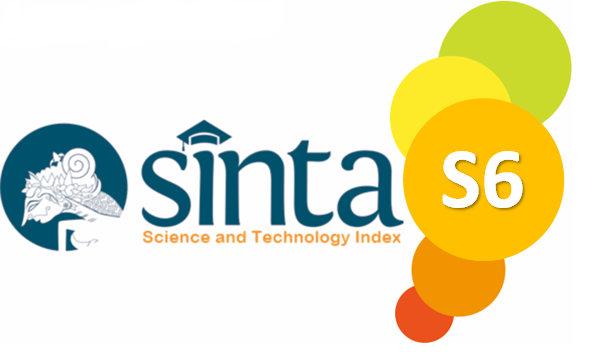ANALISIS POSTUR KERJA BERDASARKAN METODE RAPPID UPPER LIMB ASSESSMENT (RULA) PADA PEKERJA MANUAL HANDLING DI TOKO BERAS PILLAR
Kata Kunci:
ergonomi, Postur Kerja, Rapid Upper Limb Assess (RULA), Nordic Body Map, manual material handlingAbstrak
Penelitian ini mengkaji nilai postur pekerja manual handling di Toko Beras Pillar dengan memadukan metode Rapid Upper Limb Assessment (RULA) dan kuesioner Nordic Body Map (NBM). Kuesioner NBM digunakan untuk mengidentifikasi keluhan ergonomis secara holistik, sementara RULA digunakan sebagai usaha untuk menilai risiko ergonomi pada tubuh bagian atas. Hasil analisis RULA mengindikasikan bahwa keempat pekerja mengalami cedera ergonomis. Integrasi hasil kuesioner NBM dan analisis RULA menunjukkan tingginya risiko postur kerja pada bagian pinggang dan menampilkan Grup C mencapai tujuh dan tergolong poin yang Tinggi. Oleh hal itu, peningkatan sistematika kerja diperlukan, termasuk penerapan standar operasional prosedur, alat bantu kerja, dan desain postur kerja khususnya dalam proses pengangkatan beras. Kesimpulan penelitian ini menegaskan urgensi perbaikan lingkungan kerja agar menaikkan kesejahteraan pekerja.
This study assesses the posture of manual handling workers at Pillar Rice Store by combining the Rapid Upper Limb Assessment (RULA) method and the Nordic Body Map (NBM) questionnaire. The NBM questionnaire was used to identify ergonomic complaints holistically, while RULA was used as an attempt to assess ergonomic risks to the upper body. The results of the RULA analysis indicated that all four workers suffered from ergonomic injuries. Integration of the results of the NBM questionnaire and RULA analysis showed the high risk of work postures at the waist and displayed Group C reaching seven and classified as High points. Therefore, systematic improvement of work is required, including the implementation of standard operating procedures, work aids, and work posture design, especially in the rice lifting process. The conclusion of this study confirms the urgency of improving the work environment in order to increase workers' welfare.





